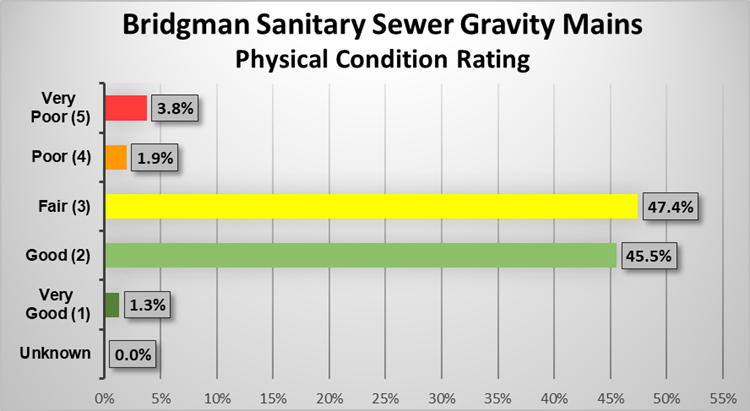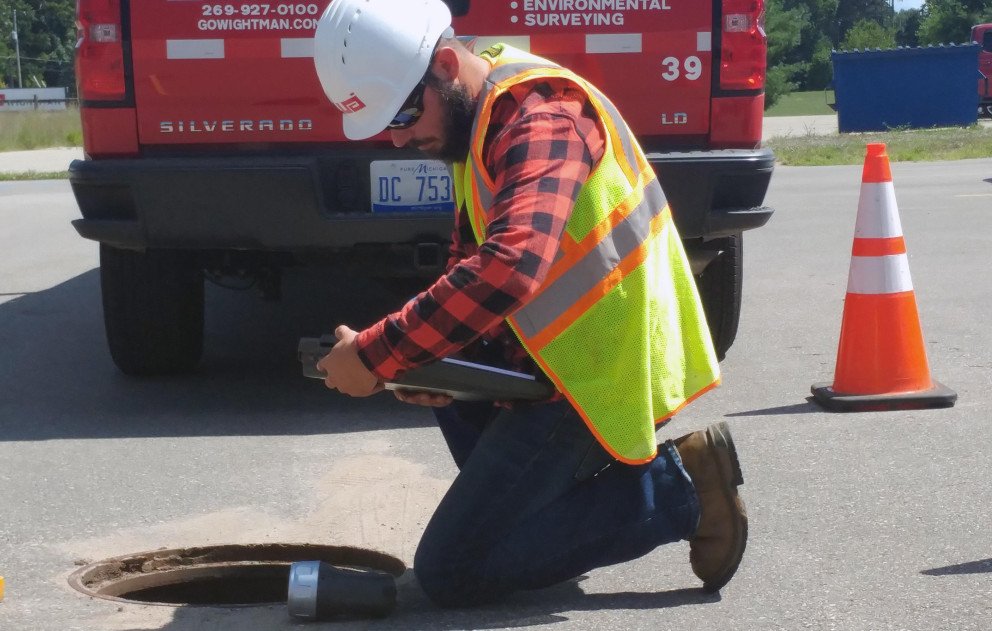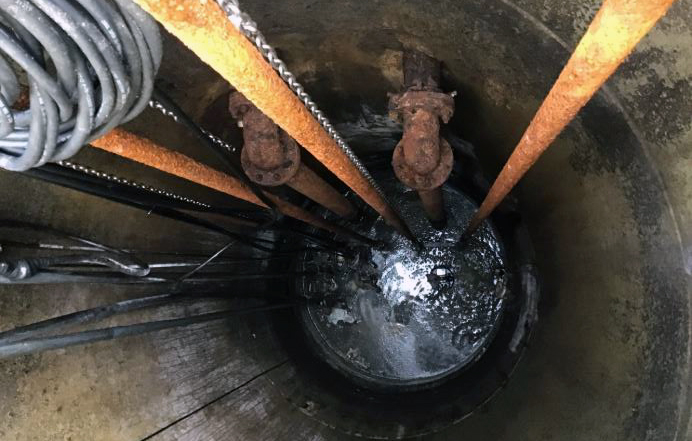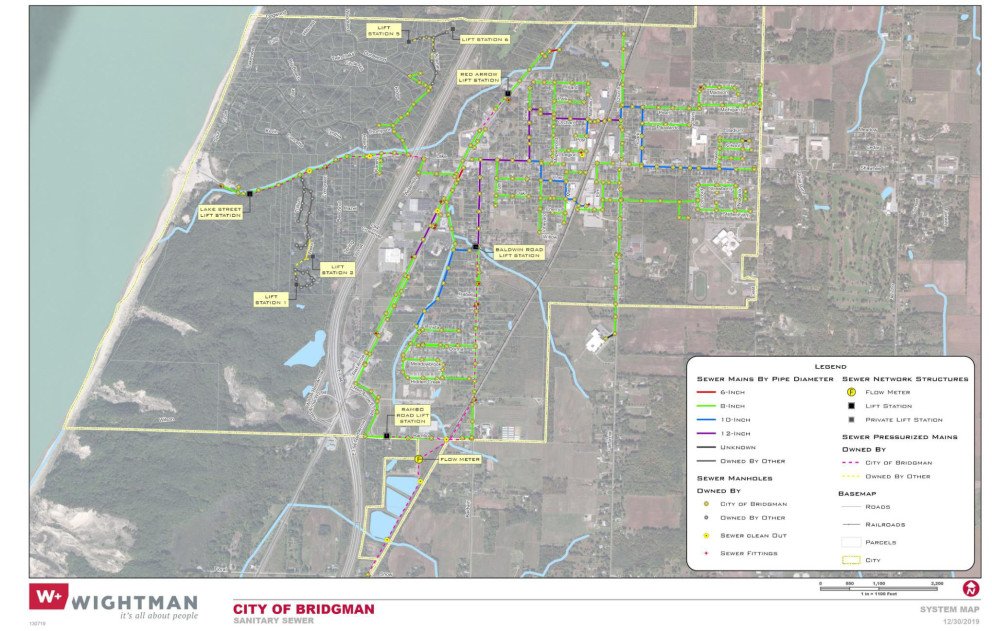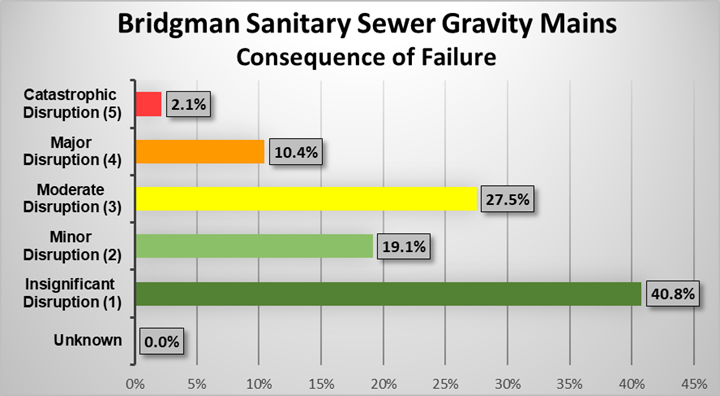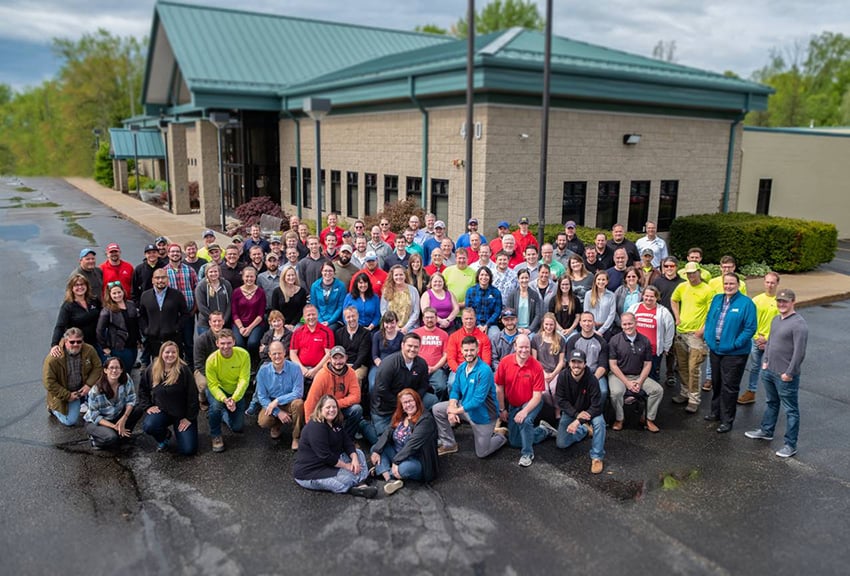Asset Management Programs
Asset management programs are tools for community leaders and utility managers to proactively decide when to repair, replace, or rehabilitate assets and how those improvements will be funded to maintain a perpetual level of service. The key components of an asset management program are:
- Asset Inventory and Condition Assessment – this work includes identifying the existing assets through existing maps and records and field work to physically locate and evaluate the condition of the assets, including pipe, manholes, valves, hydrants, lift stations, treatment plants and other appurtenances.
- Level of Service Goals – work with staff and elected officials to identify the expectations of the system to meet the demands of the stakeholders.
- Asset Criticality – create a system to quantify the most critical assets and give direction to prioritize projects and needs.
- Capital Improvement Plan – develop capital improvement plans to address the projects and needs.
- Financial Plan and Revenue Structure – develop options with a financial sub-consultant for funding the capital improvement plan and ongoing operations.
Wightman's engineering experts have worked with over 25 communities in west Michigan to execute asset management programs through the Storm and Wastewater (SAW) program facilitated by the Michigan Department of Environment, Great Lakes, and Energy (EGLE) . Additionally, Wightman completed drinking water asset management programs for many communities to meet the requirements of EGLE.
